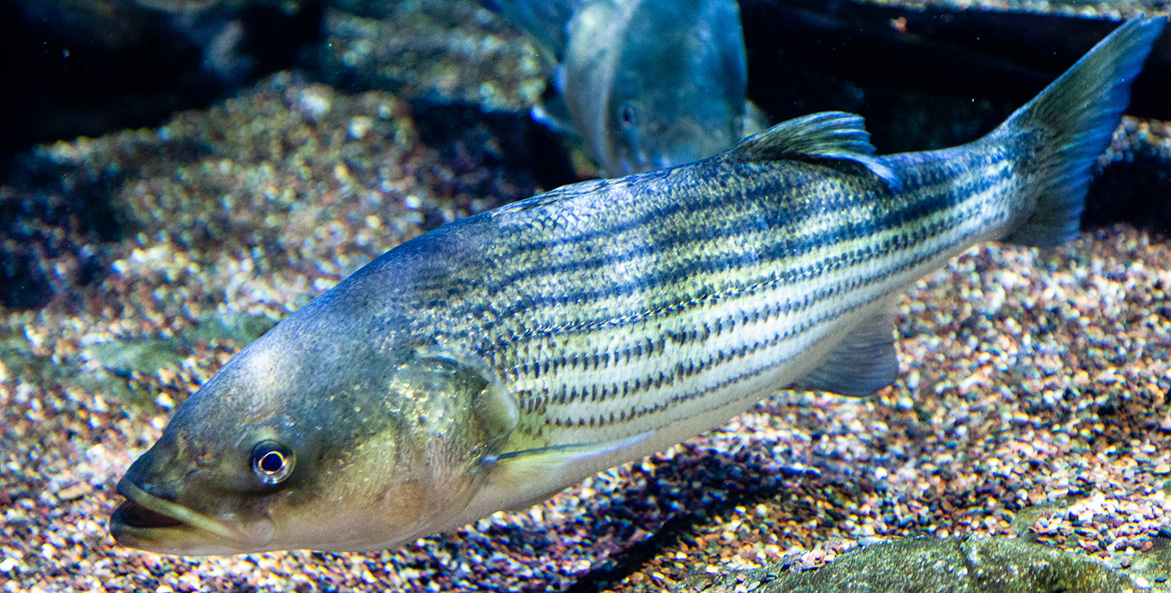Signs increasingly indicate that something is not quite right for striped bass, one of the most revered fish in the Chesapeake Bay and along the Atlantic Coast. In this in-depth series, we examine how a potent mix of fishing pressure, invasive predators, changing climate and habitat conditions, and disease is impacting the population—and what can be done to help.
Originally published March 24, 2024 in The Star-Democrat.
There’s a hard truth we must accept when it comes to Chesapeake stripers. There will be no future for striped bass, or the charter captains and watermen who rely on them, if we stick with the status quo.
Striped bass are key to Maryland’s ecosystem and economy, especially in places like Kent County, as described in Will Bontrager’s recent article. Which is why new regulations adopted by the Atlantic States Marine Fisheries Commission (ASMFC) are so important.
While fishermen may still be catching trophy stripers, there are very few juvenile striped bass to replace them. Juvenile striped bass numbers in Maryland have been far below average for the past five years. Bontrager’s article notes this, stating, “In October 2023, according to the DNR, the results of the annual juvenile striped bass survey found the worst recruitment in Maryland since 1957.”
The species is in dire need of conservation and keeping populations at a sustainable level will require long-term, cooperative solutions.
ASMFC reports that striped bass removals, which include harvested fish and catch and release mortality, were up 33 percent in 2022. Unsustainable fishing levels, paired with reproductive failure, habitat loss and climate change, have left the striped bass population extremely vulnerable.
It is ASMFC’s responsibility to act on these very concerning losses, and economic impacts are carefully considered as part of their fisheries management plan.
After the 1985 moratorium, the species was able to rebound relatively quickly. Striped bass, and those who value them, won’t have that luxury this time with the added stress of increased habitat loss and climate change. Those stressors, paired with invasive predators like blue catfish, will make it extremely difficult for the species to recover. If we want to preserve the fate of striped bass, charter boats, and watermen, we need action now and foresight for the future.




